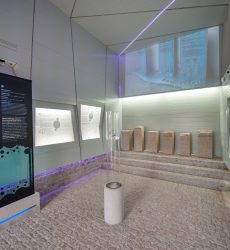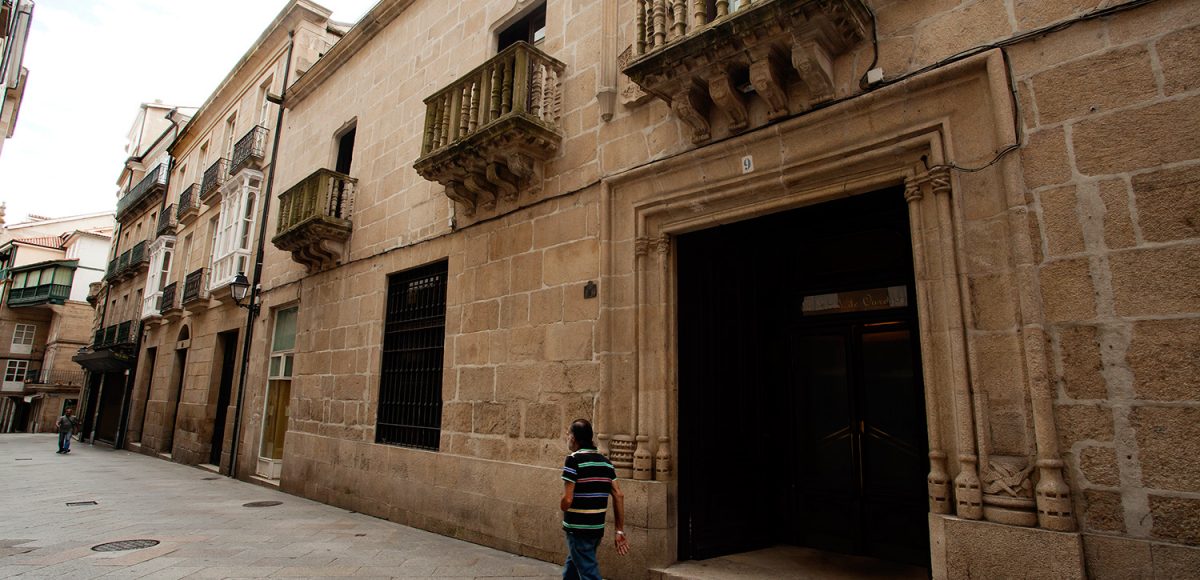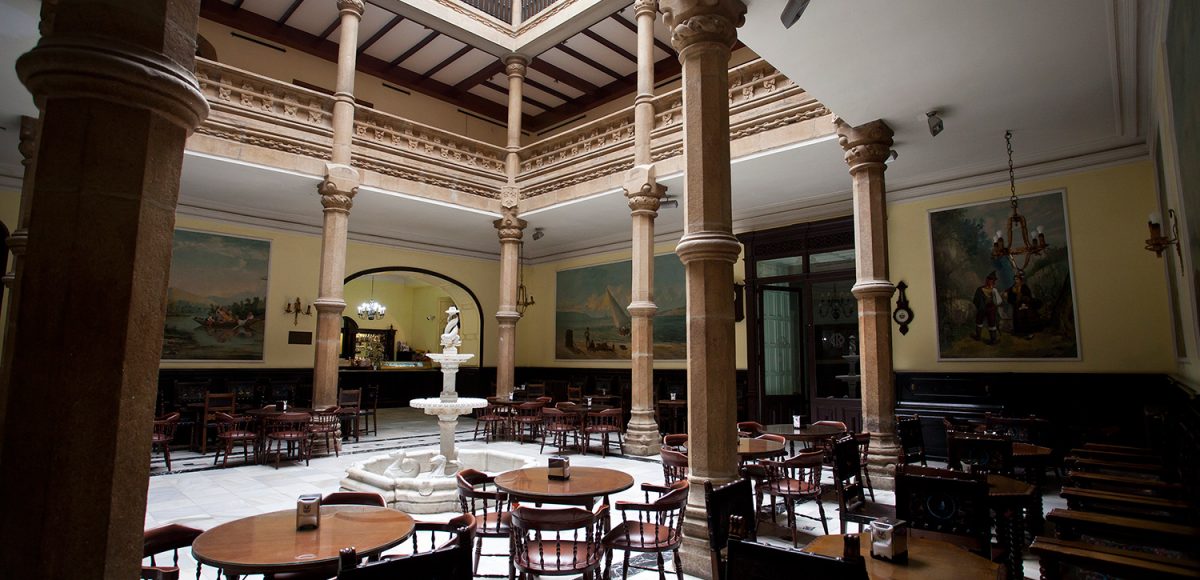
Oca-Valladares Palace
It is common that Liceo programmes concerts, exhibitions and other cultural activities. Its café, in the central patio of columns, is a traditional place for social gatherings in the city.
ES | GL Pazo de Oca Valladares (Liceo)
The Palace of the Oca-Valladares family is one of the most important Gothic-Renaissance palaces in Galicia. Álvarez de Oca e Deza ordered its construction in 1552, which would be finished in 1583 with its façade. It is a two-storey building with an austere façade including five coats of arms from different Galician lineages on its balconies, which are also repeated inside. Since the 19th century, the palace is home to one of the city’s oldest cultural societies, the Liceo de Ourense.
Both the stone and the stonemasons for this palace, as in many other local monuments and buildings, came from the vicinity, namely the place of Reza, very close to the current thermal areas along river Minho.
Jewel of Renaissance civil architecture, it was declared of Cultural Interest in 2002.
The building occupies the No. 5 of Lamas Carvajal street, which used to be a merchant and Jewish Quarter after their forced conversion (until then they were scattered around the old district, in good terms with the Christians). In fact, there has been speculation about St Euphemia’s Church being a possible location of the ancient synagogue.
The palace was abandoned in the 19th century and became an inn and meeting place for muleteers, where they stayed and kept their mules and goods. The city recovered it in 1870, when the the Liceo Recreo de Artesanos Ourense moved here, a cultural society that has existed since 1850 and that until then had its headquarters in Rúa da Obra (currently Lepanto street). With the move, the society reached its peak, being a meeting place for intellectuals and erudites of the time: its members included journalist and poet Lamas Carvajal or poet Curros Enriquez, and among its visitors there were celebrities such as Isaac Albéniz, who performed in the ballroom.
The exterior may be austere, with a façace of two floors and a balcony framed by columns and a molded lintel, but the interiors stand out for their elegance. They are articulated around a square patio full of elements that take us back to the social gatherings of another era, starting with its central fountain, built in Carrara marble by sculptor Piñeiro. Eight octagonal shafts hold the open gallery to which you can ascend through a spacious staircase located on the left. From the top floor, among its Tuscan columns, you can observe the courtyard in full while enjoying the art collection, with frescoes of Galician motifs by painter Ramón Buch Buet.
Transport
Pedestrian street. Parking less than 500 metres away
Nearest bus stop: «Alameda Park». Check the bus routes on www.urbanosdeourense.com
Free admission



